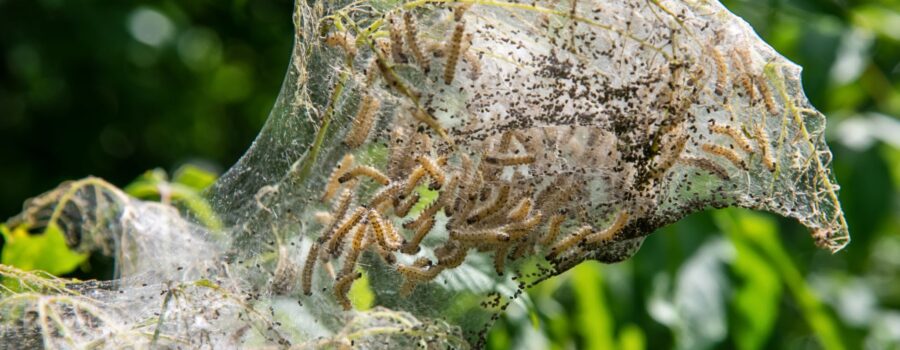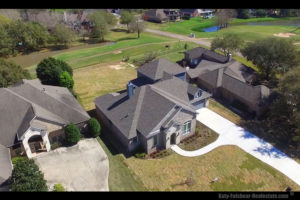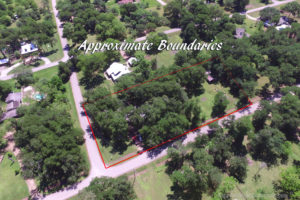As spring turns into summer in Fort Bend County, Texas, our picturesque region faces an annual nuisance that disrupts the serene beauty of the season: the fall webworm. These insidious pests, scientifically known as Hyphantria cunea, have become an increasingly prominent problem, causing distress to residents and damage to our cherished trees.
Understanding the Fall Webworm
Fall webworms are moths whose larvae create distinctive, unsightly web-like structures on the branches of various deciduous trees and shrubs. Unlike other pests, these webworms are not selective, infesting a wide range of trees including oaks, pecans, and birches. The webs, which can encompass entire branches, are a telltale sign of their presence and can give trees a ghostly appearance.
These caterpillars hatch in late spring to early summer, weaving their silken nests around leaves and twigs. Inside these nests, they feed voraciously, stripping trees of their foliage and weakening their overall health. While a single infestation may not be fatal to a tree, repeated defoliations can lead to long-term damage and make trees more susceptible to diseases and other pests.
Impact on Fort Bend County
The beauty of Fort Bend County lies in its lush tree-lined streets and vibrant gardens. Unfortunately, the proliferation of fall webworms poses a significant threat to this natural charm. Residents have reported an increase in infestations over the past few years, with some trees almost entirely covered by the invasive webs.
The aesthetic damage is not the only concern. As trees are weakened by defoliation, they become more prone to breaking during storms, posing a safety risk to homes and pedestrians. Moreover, the sight of heavily infested trees can diminish property values and deter potential buyers, impacting the local real estate market.
Residents’ Reactions and Efforts
The response from the Fort Bend County community has been a mix of frustration and proactive measures. Homeowners have tried various methods to combat the fall webworm invasion, from manual removal of webs to chemical treatments. Local garden stores have seen a surge in sales of insecticides and tree care products, while online forums buzz with discussions on the most effective strategies.
Community groups have also organized volunteer efforts to help those who are unable to manage the infestations on their own. These initiatives have fostered a sense of solidarity among residents, demonstrating the strong community spirit of Fort Bend County. However, despite these efforts, the sheer number of webworms and the rapidity of their spread make them a formidable foe.
Looking Ahead
The fight against fall webworms in Fort Bend County is far from over. Experts suggest a multi-faceted approach to manage and eventually reduce the population of these pests. Biological controls, such as introducing natural predators like certain birds and parasitic wasps, can offer a more sustainable solution compared to chemical treatments. Educating residents about early detection and prompt action can also help in mitigating the damage.
Furthermore, collaboration with local agricultural extension services and entomologists can provide valuable insights and resources for effective pest management. By staying informed and working together, the residents of Fort Bend County can hope to preserve the natural beauty of their region and ensure the health of their trees.
In conclusion, while fall webworms continue to challenge the tranquility of Fort Bend County, the community’s resilience and proactive measures offer hope. By embracing a combination of immediate actions and long-term strategies, we can protect our beloved trees and maintain the charm of our region for future generations to enjoy.






Leave a Reply
Your email is safe with us.
You must be logged in to post a comment.